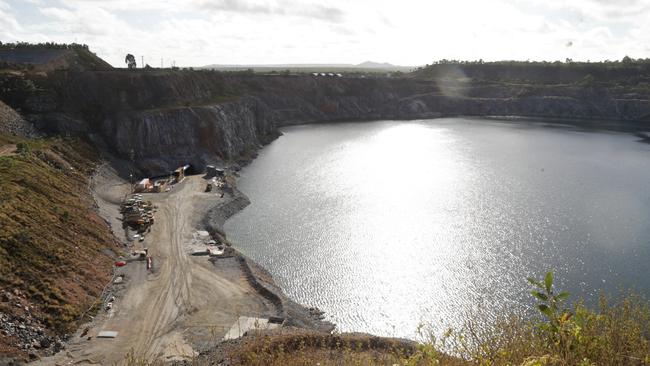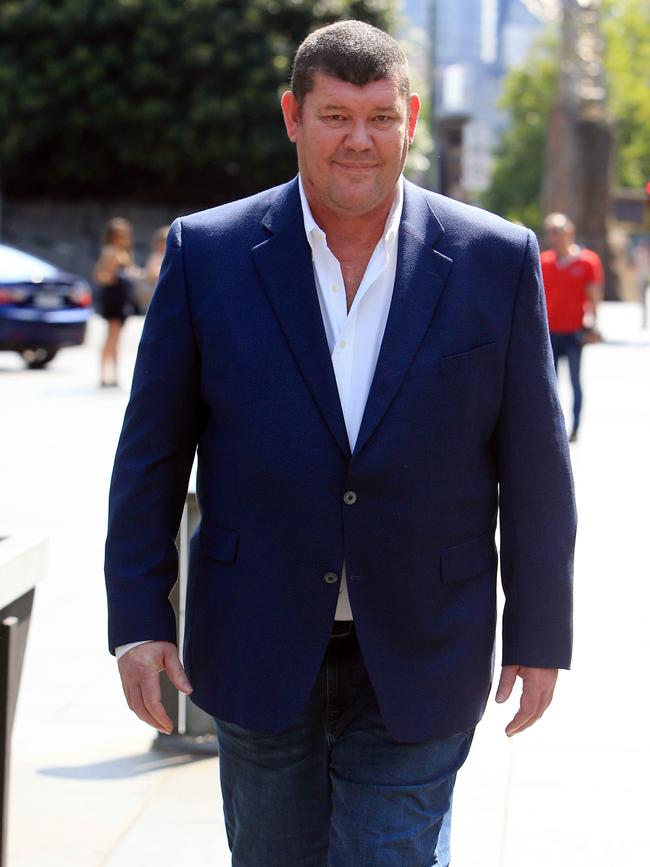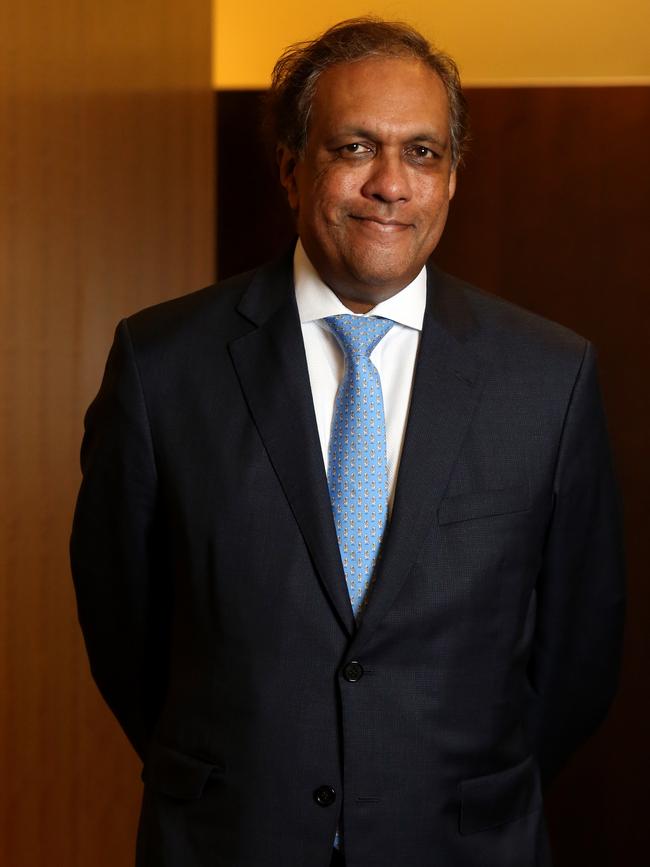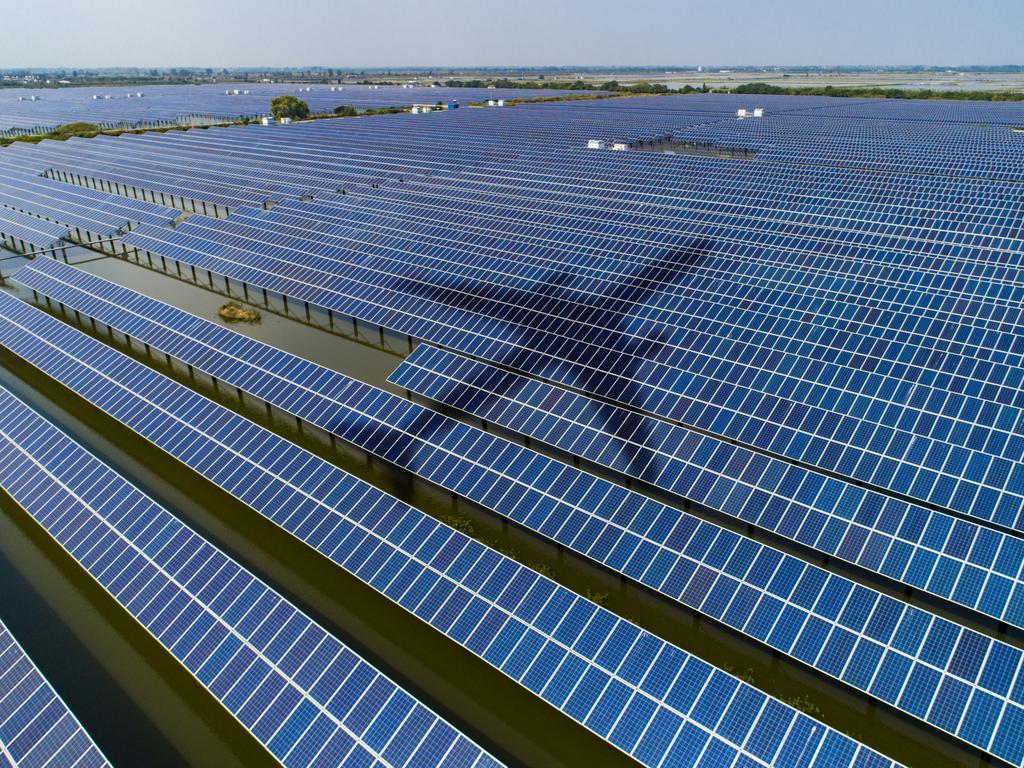Aware Super makes long range bet to help solve energy crisis
The nation’s second biggest super fund is taking a cornerstone stake in a Sydney start-up that has ambitions to become a major player in big ticket energy storage.

The nation’s second biggest super fund is getting into the power market on the ground floor, taking a cornerstone stake in a Sydney start-up that has ambitions to become a major player in rolling out big ticket energy storage across Australia.
The move by the $150bn Aware Super comes as the nation faces its own power crunch. Coal plant outages, extreme weather and a commodity price surge has seen wholesale generation costs spiral in recent months. Meanwhile older generators are being phased out just as the power grid needs heavy investment in storage before renewables are able to fill the gap.
The investment in North Harbour Clean Energy by Aware represents a long-range bet on energy technology in Australia and comes on the heels of the giant public sector fund emerging as one of the key partners in last week’s $7.9bn buyout of the VicRoads registry business from Victoria’s Andrews government. Aware was formed from the merger between NSW’s First State Super, VicSuper and WA Super in recent years.

North Harbour was founded two years ago by former KKR Australia managing director Tony Schultz already has some influential backers including former long-serving Rio Tinto executive Leigh Clifford as well as former Origin Energy boss Grant King, the former head of the Business Council.
The start-up hopes to build, design and operate big ticket storage projects based around pumped hydro and battery. In turn clean power will be sold directly to industrial customers.
Schultz says much of the disruption happening across Australia’s energy market can be put down to the transmission grid not being ready for renewables and storage that can smooth out variable power from green energy still not in place.
“We’ve got large portions of energy coming into the market when we don’t need it and for parts of the day when we do need it we don’t have a solution in place to firm it,” Schultz says. “We’re seeing that playing out now which ultimately leads to rising costs and volatility”.
He says Australia needs to effectively redesign its ageing energy transmission system because it is built for power generation “that is no longer where it needs to be”.
North Harbour’s focus on pumped hydro – effectively sending water back into a dam using excess renewable power – is “the most efficient, zero-carbon firming electricity that’s around,” Schultz says.
The Aware stake, which has not been disclosed, accelerates the move by the sector in the renewable energy space amid pressure from members to ensure their retirement savings come with a social dividend. This in turn has seen funds shift their vast portfolios into areas that meet environmental or social measures, with renewable energy now taking the lion’s share of the investment.

It also continues the push by big funds to invest directly into assets or companies, rather than going through a fund manager to get exposure to a sector. Aware currently has about $12bn of its core fund earmarked to infrastructure, with the bulk of those investments in Australia.
“We owe it to our members to provide better value for money for them to invest directly, pay far less fees and have a much better answer, what we’re investing in,” says Mark Hector who oversees Aware’s infrastructure portfolio.
“The energy transition is the number one theme within infrastructure. So as a large investor within Australia, we want to be playing in that game and doing our best to not just generate really good financial returns for our members, which of course is our top objective, but being a force for good and trying to invest to make a difference,” Hector says.
With the current energy crisis playing out, it has highlighted the urgency of investing in infrastructure to help the transition to renewables, he adds.
The North Harbour move allows Aware to take advantage of its longer-term mindset.
“We could sit back and wait several years for someone else to develop this and then look to go and buy a well developed platform that’s already built up. But we see an exciting opportunity to add value to our members. We’re actually getting access to investing on the ground floor with Tony (Schultz) to build up a series of projects,” Hector says.
Over time Aware could become a co-investor to provide working capital that will be needed to build specific large-scale energy generation that is contracted between North Harbour and industrial or government clients.
Schultz says North Harbour is a real world example of Australia aiming to play a leading role in the global renewable energy space. And local super funds with deep pools of cash and a motivated membership base are ideally placed to help support that.
The Aware tie-up represents a “strong alignment” of patient capital with a business that aspires to become a fully-integrated renewable energy generator, he says.
“And we’re starting out with the hard part of that – which is energy storage.”
Packer fund shuns tech
The James Packer-backed Ellerston Capital has withstood the brunt of a global markets selldown with its flagship Australian share fund delivering a slight positive return last financial year as it steered clear of tech stocks trading on “fancy” valuations.
In a rare insight, the fund’s investment manager Chris Kourtis likened high priced tech stocks to such as buy now pay later players Zip Co and Afterpay or retailer Redbubble to the glamour stocks that flamed out during the tech crash in the early 2000s.

“We were never seduced by concept stocks, the likes of the Nuixs, Zips, Afterpays, B4Ps and Redbubbles of the world, trading on stratospheric valuations based on total addressable markets and fancy price to revenue multiples,” Courtis, a markets veteran, says in a note to clients.
“They have all just proven to be Davnet, Looksmart, Solution 6, Melbourne IT and Sausage Software incognito two decades later, for those who remember the dot.com boom,” he said.
The update, obtained by The Australian, is only distributed to a tight circle of private investors.
Ellerston, which counts James Packer as a cornerstone shareholder and is now run by the multi billionaire’s former lieutenant Ashok Jacob, returned 1.91 per cent for its private investors in the Australian share fund for the year to end June.
This outperformed its benchmark which came in at negative 6.47 per cent.

The positive performance is expected to be among the few with fund managers bracing for a horror year with their worst performance since the global financial crisis. Steep losses came, particularly on tech stocks during the second half as global central banks aggressively cut back stimulus programs and hiked interest rates to contain inflation.
Kourtis said he was satisfied with the outcome in the face of a more than 8 per cent fall in June, as Ellerston has “never style drifted, played the momentum game or compromised our valuation discipline and beliefs”.
In the previous financial year, characterised by ultra-low interest rates Ellerston returned 37.26 per cent outperforming its benchmark which delivered 27.8 per cent.
Kourtis said strong returns can be found outside the top moving stocks.
While the top market performers in Australia over the past year included lithium stocks, rare earths and coal, Ellerston owned none of them, yet the fund still outperformed the market, he says.
“The only other top 10 performer that we held was GrainCorp where we were consistently long and true believers, with the company delivering in spades,” Kourtis tells investors.
johnstone@theaustralian.com.au






To join the conversation, please log in. Don't have an account? Register
Join the conversation, you are commenting as Logout